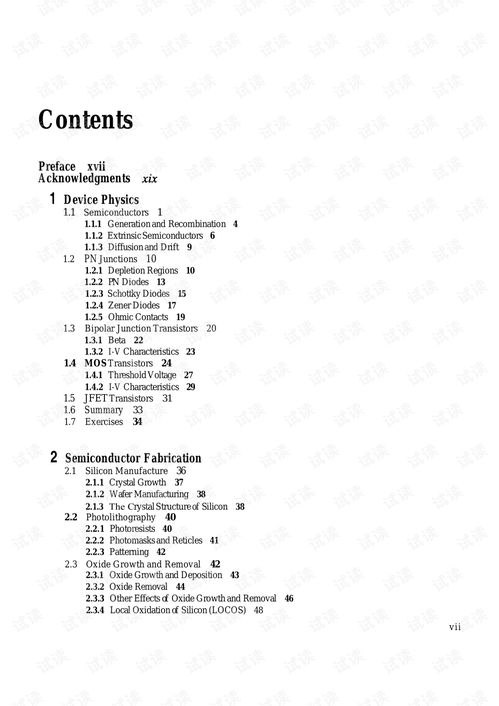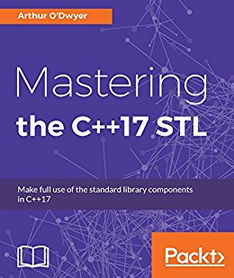Content:
Angling, the ancient practice of fishing, has been a cherished hobby for many. However, one of the most frustrating aspects of this pastime is encountering a hooked fish that simply won't let go. Whether you're a seasoned angler or a beginner, learning how to avoid hooking fish can significantly enhance your angling experience. Here are some expert techniques to help you minimize the occurrence of hooked fish and improve your chances of a successful catch.
Choose the Right Bait The choice of bait is crucial in avoiding hook-ups. Using live bait or natural-looking lures can make it less likely for fish to mistake your hook for prey. When using artificial lures, opt for those that closely mimic the movements and appearance of the fish's natural food sources. Additionally, consider the size and type of bait that is most appealing to the species you're targeting.
Proper Hook Selection Selecting the appropriate hook size and type is essential. Larger hooks can be more visible to fish, increasing the likelihood of a hook-up. Conversely, smaller hooks can be more easily missed. For freshwater fishing, a size 6 to 10 hook is usually sufficient, while saltwater fishing may require larger sizes. Ensure that the hook is sharp and well-maintained to reduce the chances of the fish getting off.
Technique Matters Your technique plays a significant role in avoiding hook-ups. When casting, be gentle and avoid overloading your line with force. This can lead to erratic movements that attract curious fish, which may result in a hook-up. Instead, focus on a smooth, controlled cast. When reeling in, maintain a steady and gentle pace to avoid sudden movements that might spook the fish or cause it to swallow the hook.
Use a Leader A leader is a length of monofilament or fluorocarbon line that connects your main line to your lure or bait. It serves several purposes, including providing a softer connection between the lure and the main line, which can reduce the chances of a fish feeling the tension and breaking free. Additionally, a leader can protect your main line from abrasion and potential damage.

Be Mindful of Depth Fishing at the correct depth is crucial. Placing your bait too deep or too shallow can lead to missed opportunities or hook-ups. Use a depth finder to determine the optimal depth for your target species and adjust your rigging accordingly. This will not only increase your chances of catching fish but also reduce the likelihood of them getting hooked.
Keep Your Line Taut Maintaining a taut line is important for several reasons. It allows you to feel the fish's movements more easily, which can help you detect a hook-up sooner. Additionally, a taut line can prevent the fish from feeling the tension and breaking free. However, be careful not to pull too hard, as this can cause the fish to become stressed or even injure it.
Learn to Set the Hook Properly The way you set the hook can make a significant difference. When you feel a bite, wait for the fish to take a few seconds to fully engulf the bait before setting the hook. This gives the fish time to secure the bait in its mouth, reducing the chances of it getting off. Use a quick, upward motion to set the hook, ensuring it securely engages the fish's mouth.
Practice Patience Finally, remember that patience is key in angling. Rushing your actions can lead to mistakes that result in hook-ups. Take your time to prepare your rig, cast, and handle the fish once it's caught. With practice and experience, you'll develop a better sense of timing and technique, minimizing the occurrence of hooked fish.
By incorporating these techniques into your angling routine, you'll be well on your way to reducing hook-ups and enjoying a more successful and enjoyable fishing experience. Remember, the goal is not just to catch fish, but to do so with care and respect for the creatures you're targeting. Happy fishing!












